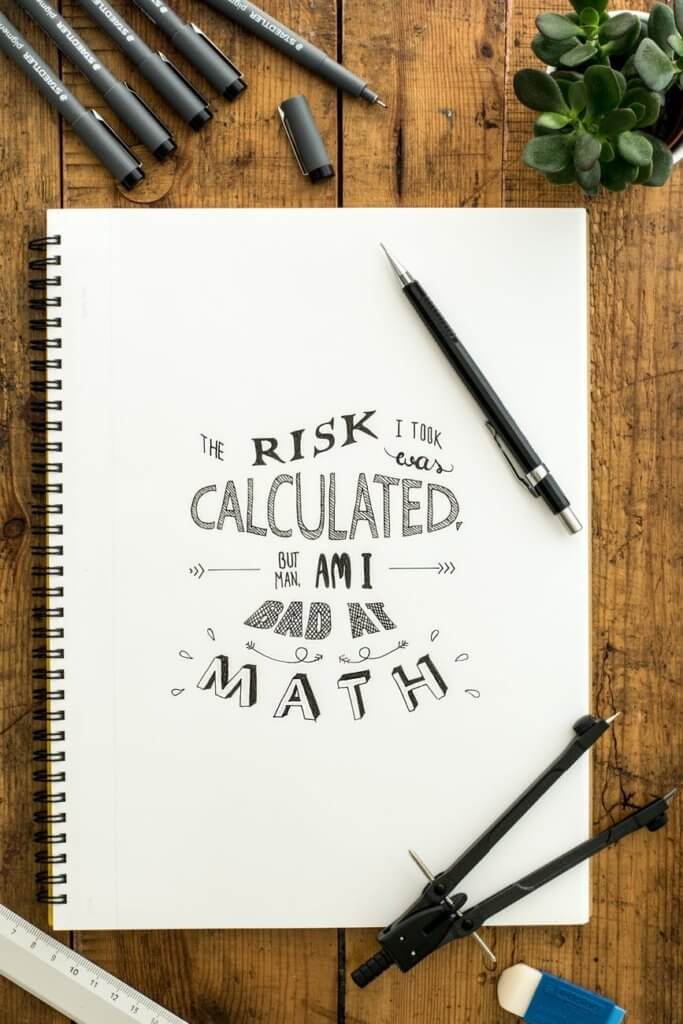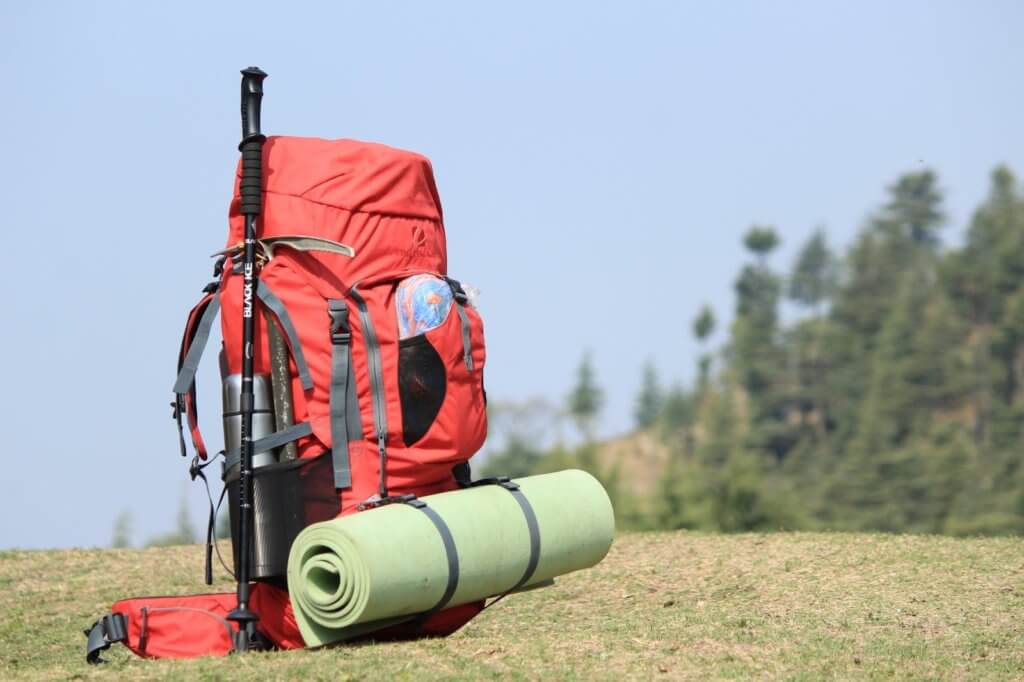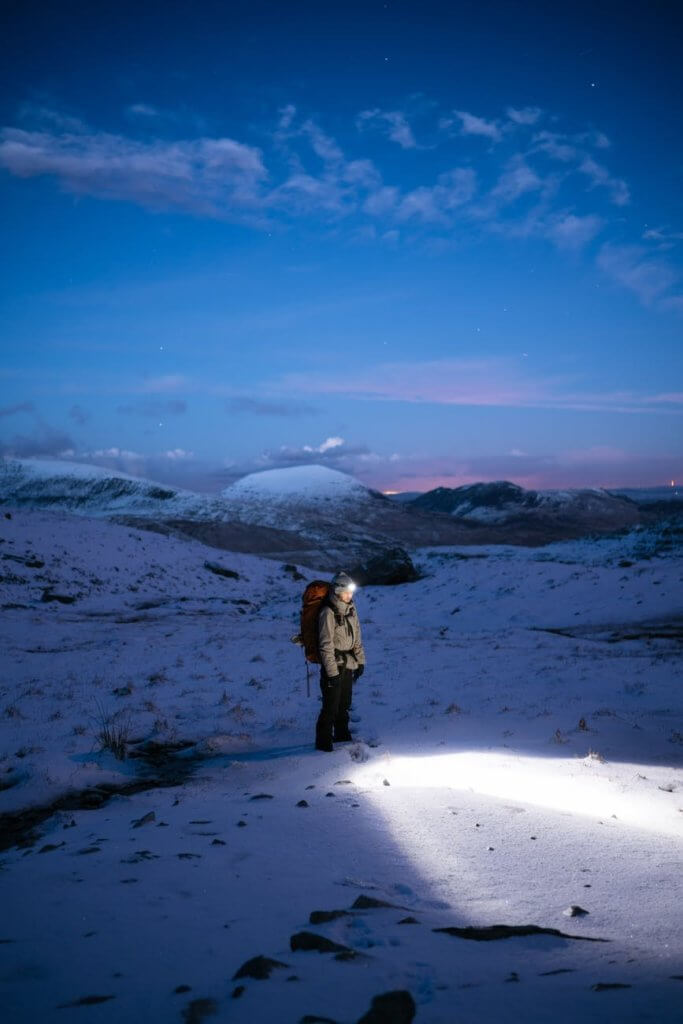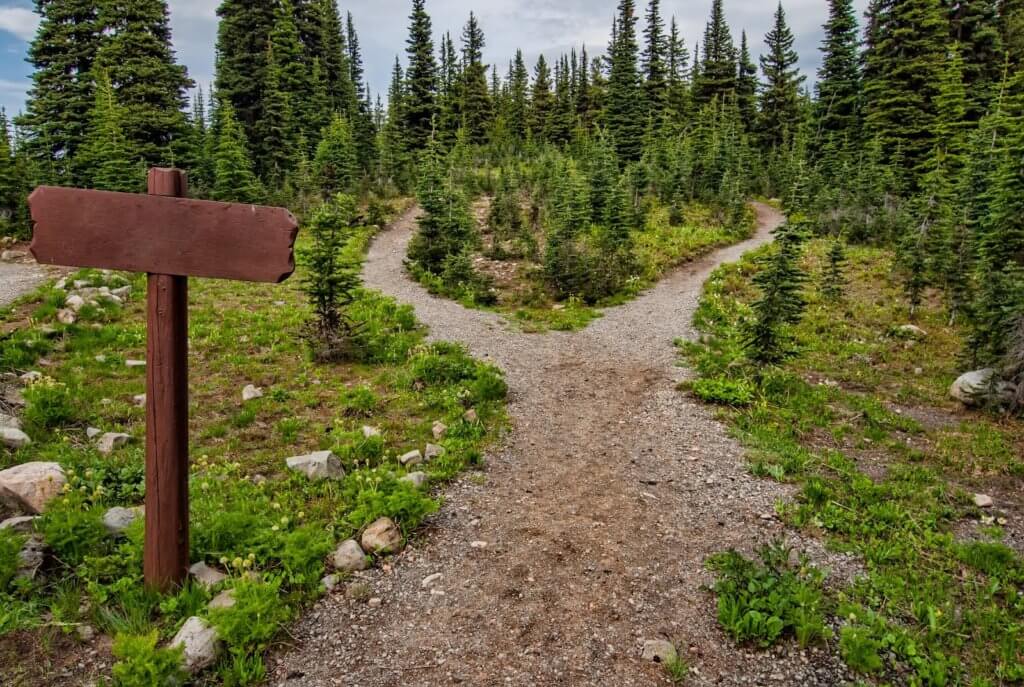
Risk Management on Trail
There are several ways to minimize your risk while out on the trail! In this post, we will discuss the definition of risk, why it is important to educate yourself on risk management, and 3 ways to reduce your risk.


First off – Who am I to give advice on risk management and trail safety?
It’s important to know a little bit about who is giving you advice on such an important topic. My name is Taylor, and I have a Bachelor of Science in Biology, as well as in Applied Disaster and Emergency Studies.
I have studied risks and hazards through a specialized university program, and I was able to attain relevant research experience related to spatial risk assessment and hazard evaluation.
I truly believe that the knowledge and skills I learned from this program enhanced my ability to assess risk on trail, and that this information can benefit you, as well!
As someone who spends a great deal of time hiking, all of this information can seem excessive at times. It can be easy to write off it, but trail safety should not be disregarded though.
Top 3 reasons to learn about risk management
- We are often traveling to more isolated areas, without road access, and therefore emergency services may have trouble communicating with and accessing you if you find yourself in need of assistance.
- We have limited supplies, and have to make do with whatever we pack out. Amazon doesn’t deliver to the peaks of the Sierra Nevada! Remember, you are limited to what’s in your backpack, even if it’s a day pack.
- We may not have all the information to make informed decisions on trail, and we have no way to get it once we are out there.
You can better prepare yourself by assessing potential hazards and risks, developing a plan, and organizing resources. If you are aware of the hazards you can form a plan to mitigate the effects, prepare anything you might need to take with you and lower your response time.
It is especially important to be prepared if you don’t know how you respond to emergency situations, as stress can alter our ability to process information clearly. If you are prepared ahead of time, auto-pilot will kick in and might help if start to panic.
What is “risk”?
If you type ‘risk definition’ into Google, you will find that the immediate answer is “a situation involving exposure to danger.” While this is a fine definition, there is a little bit more going on. Risk is not as static as this definition implies.
Risk is dynamic, meaning that it changes with time, environmental conditions, consequences, and many other factors. To provide a complete but simple definition:
Risk is the potential for loss within a specific timeframe, which varies based on the specific hazard, exposure, vulnerability, and capacity (paraphrased from UNISDR terminology, 2009).
Risk Management on Trail
Risk management starts before your feet hit the trail. It starts the moment you decide to go. Once you’ve made that decision, you can begin to walk yourself through the region mentally (and virtually!).
1. Before hiking, you should GENERALIZE and contemplate the following questions:
- What are the sources of risk on trail?
- What makes me vulnerable to those hazards?
- What are the potential consequences/losses if Event X happens?
- Are the consequences acceptable? If not, what can I do to reduce risk to an acceptable level?
Do your research to find gaps in your knowledge! Now is the time to look things up, because as previously mentioned, you may not be able to access new information when you need it! Most importantly, knowledge doesn’t weigh anything, so you can pack as much as you want!
2. While hiking, you should ANALYZE the specific conditions in front of you, and make an informed decision based on those characteristics.
There is no hard-and-fast rule to follow, you MUST look at each situation as it comes. Learning general trends and conditions is very important, but blindly applying those strategies may result in more harm than good. Make sure you question whether an approach or solution makes sense based on what you see.
Use your imagination! Try to visualize what would happen if you were to take a certain approach, and make an educated guess. If it doesn’t seem feasible or favorable, see what else you can come up with and try, try again!
3. Ultimately, you have to move past analyzing and ACT.
It seems simple, but thinking about something and doing it are completely different things. We often get hung up on analyzing, but being decisive is important. You are not always going to make the right decision, and there can be consequences that come along with it, but there are cases where making no decision at all can result in greater loss.
Acknowledging that you are not infallible is important, but overanalyzing or doubting yourself too much won’t help either.



It would be nice to have time to sit and think things through, but conditions don’t always allow for indecisiveness. It is important that you stop to take a moment of consideration, but it is equally important that you take the necessary steps to execute your plan.
Hopefully, you have learned the very foundation of risk management on trail! I encourage you to continue your education about trail safety by reading up about the hazards you may encounter and ways to mitigate your risk. It is also beneficial to take a wilderness first aid course or learn how to navigate! These skills may not come in handy very often, but you’ll be glad to have them when something goes wrong.
If you are interested in content related to risk management, make sure to comment your safety questions!
Happy trails!




